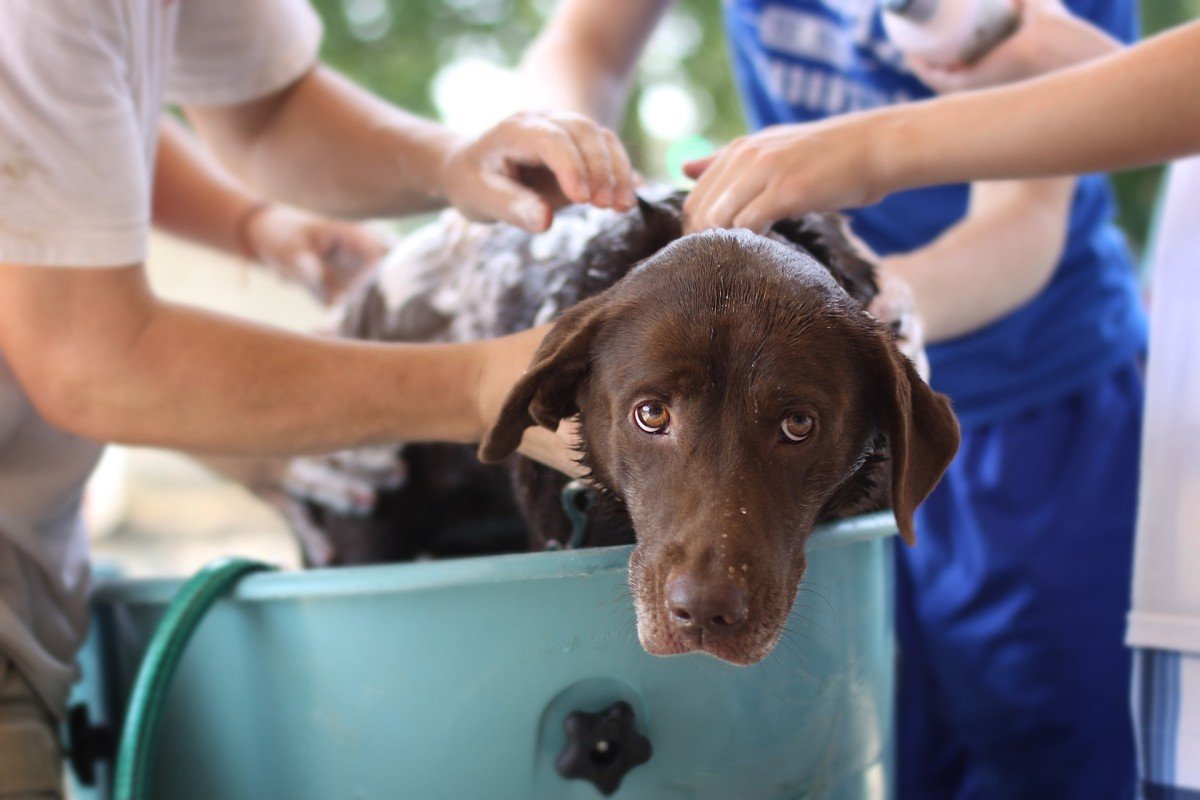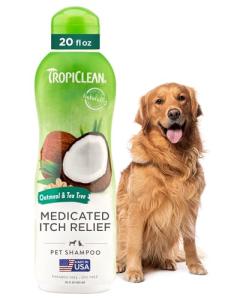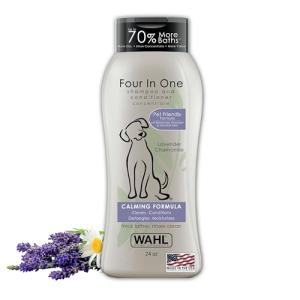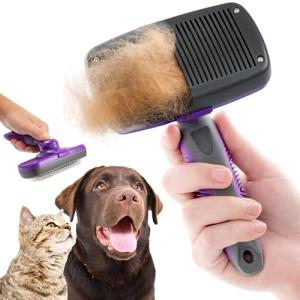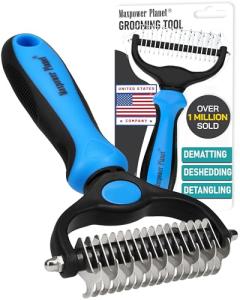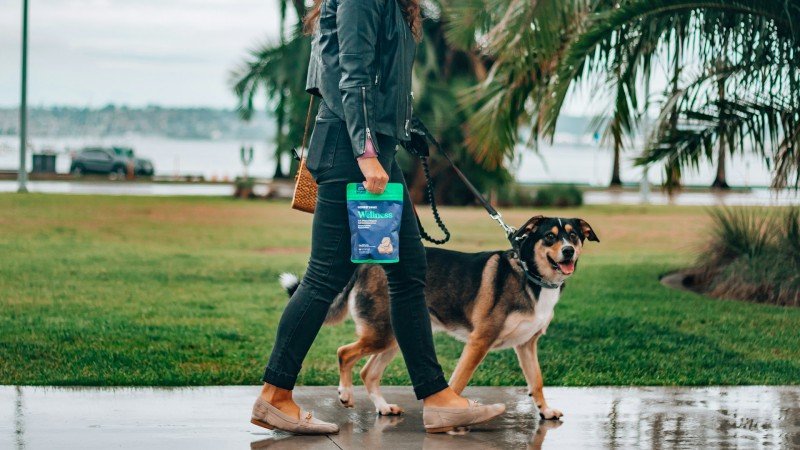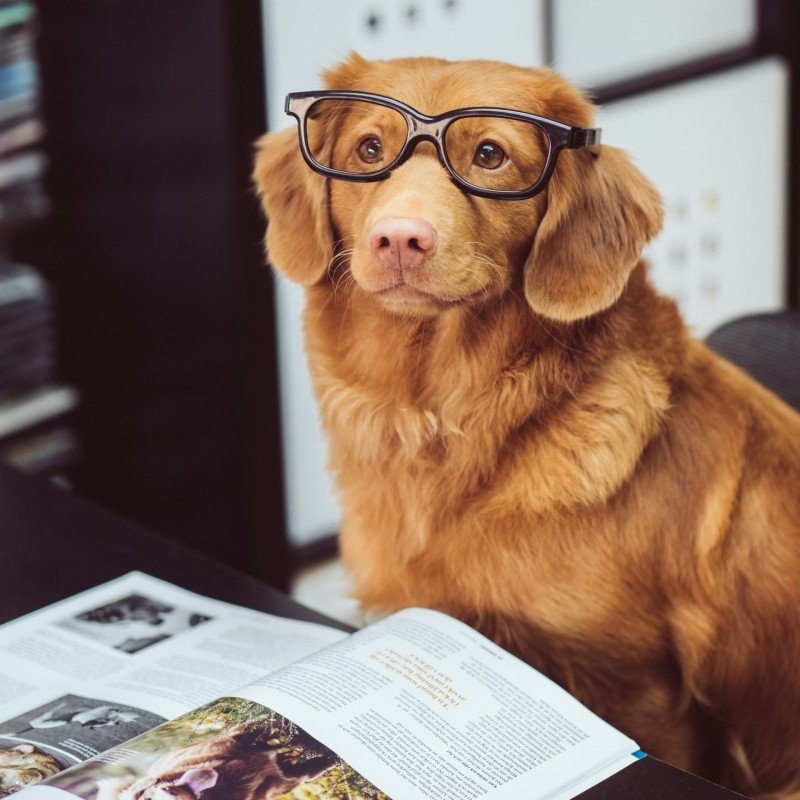Step-by-Step Dog Bathing: A Gentle Approach for Beginners
Bathing your dog regularly is an important part of their overall hygiene and health. To make the experience enjoyable for both you and your furry friend, it's crucial to have the right supplies and set up a comfortable environment. In this section, we will guide you through the essential items and steps needed for the perfect dog bath.
1. Gather the necessary supplies
Before starting the bath, make sure you have all the supplies within reach. This will prevent unnecessary delays or the need to leave your dog unattended. Some essential supplies to have on hand include:
- A gentle dog shampoo: Choose a shampoo specifically formulated for dogs. Avoid using human shampoo as it can irritate their sensitive skin. We recommend ~
Medicated Allergy Relief Dog Shampoo | Tea Tree & Oatmeal
Soothe and calm your furry friend's irritated skin with our medicated allergy relief dog shampoo enriched with tea tree and oatmeal
Product information
$14.99
Product Review Score
4.41 out of 5 stars
5 reviewsProduct links
OR ~Wahl USA 4-in-1 Calming Pet Shampoo
Gentle yet effective shampoo to soothe and calm your furry friend's senses
Product information
$8.97
Product Review Score
4.21 out of 5 stars
4 reviewsProduct links
- A hose or showerhead attachment: This will allow you to easily rinse your dog during the bath.
- A non-slip mat or towel: Place this in the tub or on the ground to provide your dog with stability and prevent them from slipping.
- A brush or comb: Use this to gently remove any tangles or mats in your dog's fur before the bath. We recommend ~
Pet Grooming Brush Kit for Dogs and Cats
Enhance your pet's grooming routine with our versatile and efficient Pet Grooming Brush Kit for Dogs and Cats
Product information
$9.95
Product Review Score
4.14 out of 5 stars
5 reviewsProduct links
OR ~Double Sided Brush for Shedding and Dematting
The ultimate grooming tool for a well-groomed and tangle-free dog's coat
Product information
$9.99
Product Review Score
4.09 out of 5 stars
4 reviewsProduct links
- Toys or treats: Reward your dog for good behavior during the bath to create positive associations with bath time.
2. Prepare the bath area
The location you choose for the bath is crucial for your dog's comfort and safety. If you have a small dog, using a sink or a basin can be more manageable. For larger dogs, a bathtub or a designated outdoor area may work better. Remember to:
- Secure any potential escape routes: Close doors, gates, or entrances to ensure your dog stays within the designated area.
- Place a rubber mat in the tub or on the ground to provide traction and reduce slipping.
- Adjust the water temperature: Fill the tub or basin with lukewarm water, testing it with your elbow to ensure it's not too hot or cold for your dog.
3. Introduce your dog to the bath
When it's time to begin the bath, introduce your dog to the bathing area calmly and positively. Use treats or toys to create a positive association with the space and reassure your dog. Slowly lead them into the bath, allowing them to become comfortable before starting the bathing process. Keep the water at a low level initially to avoid overwhelming your dog.
Remember that every dog is unique, and their bathing preferences may differ. By gathering the necessary supplies, preparing the bath area, and introducing your dog gently, you can create a positive bathing experience for your furry friend.
How Often Should You Bathe Your Dog?
Bathing your dog is an important part of keeping them healthy and clean, but how often you should do it depends on several factors. Some of these factors are your dog's breed, coat type, lifestyle, and health conditions.
Different breeds and coat types may require more or less frequent bathing, as well as different types of shampoos and grooming tools. For example, hairless breeds need weekly baths, while long-haired breeds need more brushing and combing to prevent mats and tangles. Double-coated breeds may need less bathing but more shedding control products.
You should also consider your dog's activities and where they spend most of their time. Dogs who roll in dirt or mud, or who have a strong odor, may need more frequent baths than dogs who stay indoors most of the time.
However, you should not bathe your dog too often, as this can strip their coat of natural oils and cause skin irritation or infection. A good rule of thumb is to bathe your dog once every three months, unless they have a specific health condition that requires more frequent bathing with medicated shampoo. You should always consult your veterinarian for their advice on how often to bathe your dog.
From Troublesome Tangles to Fluffy Fur: Mastering the Art of Dog Grooming
Grooming your dog is not just about maintaining their appearance; it is also key to their overall well-being. Regular baths are an essential aspect of dog grooming, ensuring that their coat stays clean, healthy, and free from tangles. By following this ultimate guide, you can become a pro at bathing your furry friend!
One of the most important steps before bathing your pup is brushing their coat thoroughly. This helps to remove loose fur, tangles, and any debris that may be trapped in their fur. It is recommended to use a slicker brush for longer-haired breeds and a bristle brush for shorter-haired ones. By doing this, you prevent any hair clumps from forming and ensure an even distribution of shampoo during the bath.
Once your dog is fully brushed, it's time for the bath! Choosing the right shampoo is crucial. Always use a dog-specific shampoo that is gentle on their skin and coat. Human shampoo can be too harsh and cause skin irritations. Make sure the water temperature is lukewarm before wetting your dog thoroughly. Start from their neck and work your way down, being careful to avoid their eyes and ears. Use your hands or a washcloth to apply and lather the shampoo, massaging it into their coat to lift any dirt or grime. Rinse their fur thoroughly, ensuring all the shampoo is washed out to prevent any skin irritations.
Beyond the Bath: Tips for Maintaining a Clean and Healthy Canine Coat
Keeping your furry friend's coat clean and healthy is essential for their overall well-being. While regular bathing plays a crucial role in maintaining their hygiene, there are other factors to consider to ensure their coat stays in optimal condition. Here are some tips to go beyond the bath and keep your canine companion's coat looking and feeling great.
1. Brushing regularly: Brushing your dog's coat not only removes dirt and loose hair, but it also helps distribute natural oils, keeping their fur shiny and preventing matting or tangling. The type of brush you use depends on your dog's coat length and texture. Longer-haired dogs may benefit from a slicker brush, while shorter-haired dogs might require a bristle brush. Regular brushing sessions can also serve as bonding time with your pet.
2. Nourishing their coat from within: A healthy coat starts from the inside. Proper nutrition is key to maintaining a lustrous and strong coat. Ensure your dog's diet includes high-quality protein and essential fatty acids, as they play a significant role in promoting healthy skin and coat. Consult your veterinarian to determine the best diet to support your dog's specific needs.
3. Practice preventive care: Regularly check your dog's coat for any signs of fleas, ticks, or skin irritations. These pests can cause discomfort and potentially lead to more severe health problems. Additionally, inspect their ears for signs of infection and trim their nails regularly to prevent discomfort during walks or playtime. Preventive care can help keep your dog's coat in top shape and avoid any unnecessary discomfort.
